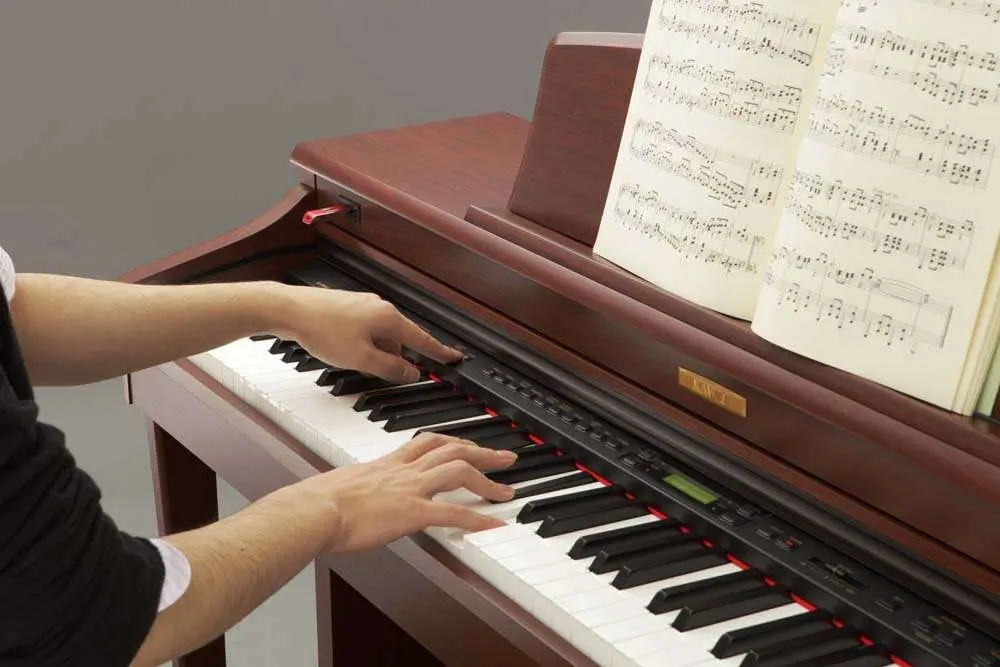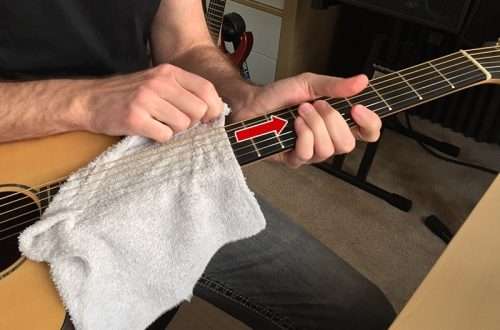
How to choose a digital piano for a child? Keys.
If you decide to send your baby to a music school for a piano class, but you don’t have an instrument, then the question will inevitably arise – what to buy? The choice is huge! Therefore, I propose to immediately decide what you want – the good old acoustic piano or digital.
Digital piano
Let’s start with digital pianos , as their advantages are obvious:
1. Do not require adjustment
2. Easy to transport and store
3. Have a large selection of design and dimensions
4. Wide price range
5. Allow you to practice with headphones
6. Are not inferior to acoustic ones in terms of sound.
For non-specialists, there is another significant plus: you do not need to have an ear for music or a tuning friend to appreciate the merits of the instrument. The electric piano has a number of measurable parameters that you can evaluate for yourself. To do this, it is enough to know the basics. And here they are.
When choosing a digital piano, 2 things are important – the keys and the sound. Both of these parameters are judged on how accurately they reproduce an acoustic piano.
Part I. Choosing keys.
An acoustic piano is designed like this: when you press a key, a hammer strikes a string (or several strings) – and this is how the sound is obtained. A real keyboard has a certain “inertia”: when you press a key, you need to overcome a slight resistance in order to move it from its initial position. And also in the lower registers , the keys are “heavier” (the string on which the hammer strikes is longer and thicker, and the hammer itself is larger), i.e. more power is required to produce sound.
In a digital piano, everything is different: under the key there is a contact group, which, when closed, plays the corresponding sound. A few decades ago, it was impossible to change the volume according to the strength of the keystroke in an electronic piano, the keys themselves were light and the sound was flat.
The digital piano keyboard has come a long way in developing to mimic its acoustic predecessor as closely as possible. From lightweight, spring-loaded keys to complex hammer- action mechanisms that mimic the behavior of real keys.
“Gentleman’s set”
 Here is a “gentleman’s kit” that a digital piano should have, even if you buy an instrument for a couple of years:
Here is a “gentleman’s kit” that a digital piano should have, even if you buy an instrument for a couple of years:
1. Hammer action ( imitates the hammers of an acoustic piano).
2. “Weighted” keys (“fully weighted”), i.e. have different weights in different parts of the keyboard and different balance.
3. Full size keys (corresponding to the size of acoustic grand piano keys).
4. The keyboard has “sensitivity” (i.e. the volume depends on how hard you press the key).
5. 88 keys: Corresponds to an acoustic piano (fewer keys are rare, not suitable for music school use).
Additional functions:
1. The keys can be made from different materials: they are mostly plastic, weighted with internal filling, or from solid blocks of wood.
2. The key cover can be of two types: “under plastic” or “under ivory” (Ivory Feel). In the latter case, it is more convenient to play on the keyboard, since even slightly damp fingers do not slip on the surface.
If you choose the Graded-Hammer Action keyboard , you can’t go wrong. These are full size keyboards with the most realistic feel found in products from Yamaha , Roland , Kurzweil , Korg , Casio , Kawai and a few others.

The Hammer Action keyboard has a different design than an acoustic piano. But it has hammer-like details that create the right resistance and feedback – and the performer gets the feeling familiar from playing classical instruments. Thanks to the internal arrangement – levers and springs, the weight of the keys themselves – there are no obstacles in order to make the performance as expressive as possible.
The most expensive keyboards are Wooden-Key Action . These keyboards feature Graded Hammer Action, but the keys are made from real wood. For some pianists, wooden keys become decisive when choosing an instrument, but for classes in a music school, this is not so important. Although it is the wooden keys, together with the rest of the mechanism , that provide the least possible discomfort when switching from an acoustic instrument to an electronic one and vice versa.
Speaking quite simply, the rule when choosing a keyboard is: the heavier, the better . But at the same time, it is also more expensive.
If you don’t have enough money to buy a wood keyboard with a moisture-wicking finish, make sure that the keyboard fits the “gentleman’s set”. The choice of such keyboards is quite large.
Let’s take a look at the sound quality of digital pianos in the next article!




